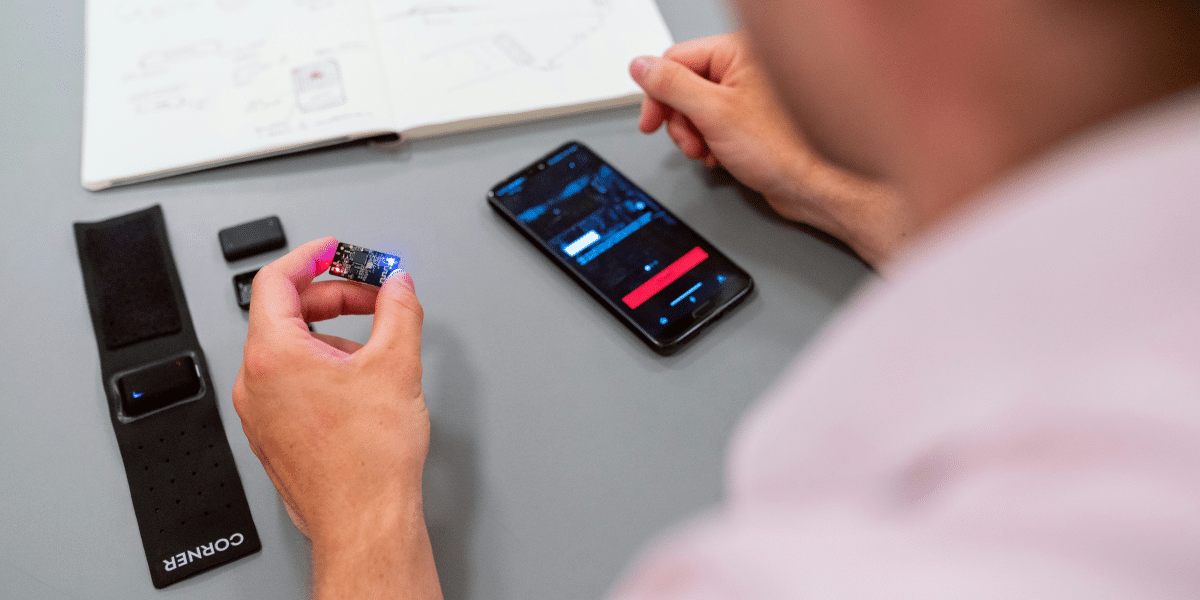The Birth of Auto-Tune
Auto-Tune, once regarded as a studio gimmick and symbol of artificial perfection in music, has evolved into a versatile and widely used musical tool that has transformed the landscape of contemporary music production. Originally developed as a corrective device for pitch correction, Auto-Tune has since become an integral part of modern music production, shaping the sound of countless hits and revolutionizing the way we perceive vocal performance. In this article, we’ll explore the journey of Auto-Tune from its humble beginnings to its status as a ubiquitous and indispensable tool in the music industry.
Auto-Tune was developed in the late 1990s by Dr. Andy Hildebrand, a research engineer and musician, as a solution to correct inaccuracies in vocal recordings. Initially conceived as a technical tool for audio engineers, Auto-Tune quickly gained attention in the music industry for its ability to automatically adjust and correct pitch errors in vocal performances. Its first major breakthrough came with Cher’s 1998 hit single “Believe,” where the distinctive “robotic” vocal effect created by Auto-Tune became synonymous with the song’s identity and catapulted the software into the mainstream.
The Rise of Auto-Tune in Popular Music
Following the success of “Believe,” Auto-Tune became increasingly prevalent in popular music, with artists and producers embracing its capabilities as a creative tool rather than just a corrective device. Its ability to manipulate pitch in real-time and achieve exaggerated vocal effects opened up new possibilities for artistic expression and experimentation in music production. From T-Pain’s signature “robotic” vocal style to Kanye West’s innovative use of Auto-Tune as a creative tool in his production, the software became synonymous with contemporary pop and hip-hop music.
As Auto-Tune continued to evolve, so too did its role in music production. What was once viewed as a “cheating” tool or a crutch for less skilled vocalists has now become an accepted and celebrated part of the music-making process. Artists and producers use Auto-Tune not only to correct pitch errors but also to achieve specific vocal effects, enhance vocal performances, and create unique sounds that push the boundaries of creativity. Its versatility and ease of use have made it an indispensable tool in the modern music studio, empowering artists to realize their creative vision and produce music that resonates with audiences worldwide.
Criticisms and Controversies
Despite its widespread acceptance, Auto-Tune has also faced criticism and backlash from purists and critics who argue that its widespread use has led to a decline in authentic vocal performances and musical integrity. Some critics view Auto-Tune as a symbol of the industry’s obsession with perfection and artificiality, lamenting its role in homogenizing the sound of contemporary music. However, proponents of Auto-Tune argue that when used judiciously and creatively, it can enhance rather than detract from the artistic quality of music, allowing artists to explore new sonic territories and express themselves in innovative ways.
Auto-Tune has come a long way from its origins as a studio gimmick to its current status as a powerful and indispensable tool in music production. What was once viewed as a controversial and divisive technology has now become an integral part of the musical landscape, shaping the sound of contemporary music and influencing the way we perceive vocal performance. As technology continues to evolve and artistic boundaries are pushed, Auto-Tune will undoubtedly remain a central fixture in the music industry, continuing to inspire creativity, innovation, and musical experimentation for years to come.










